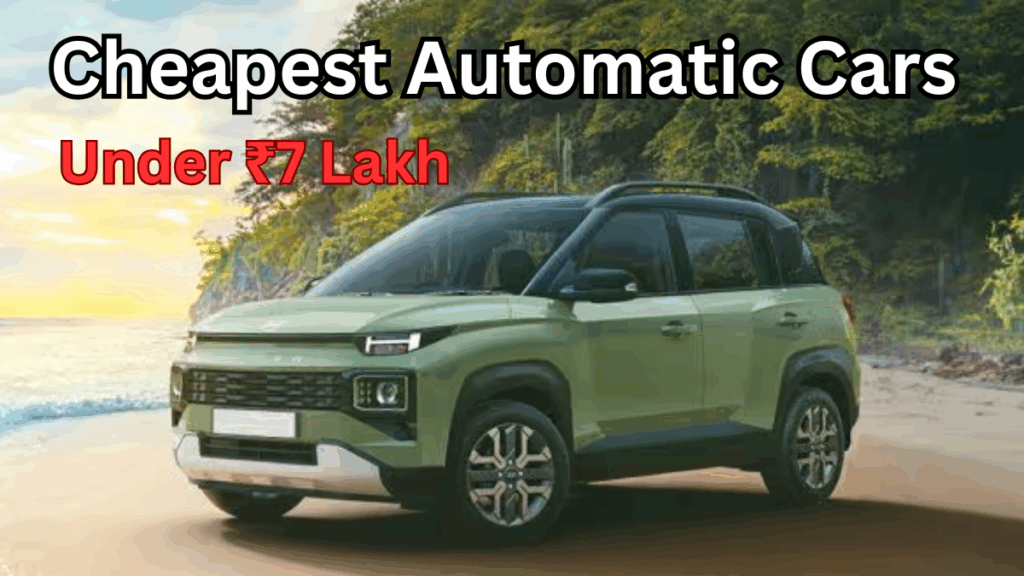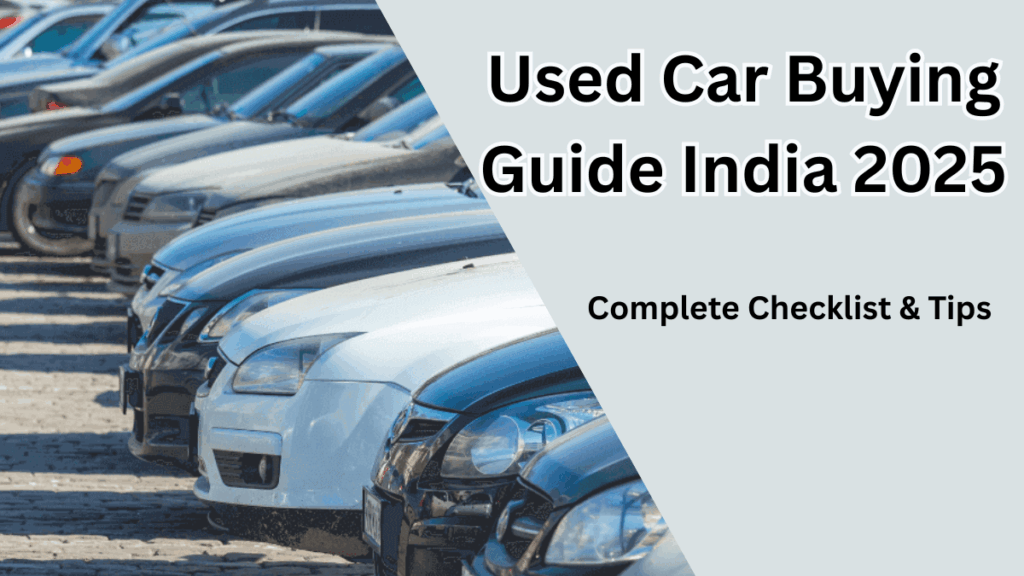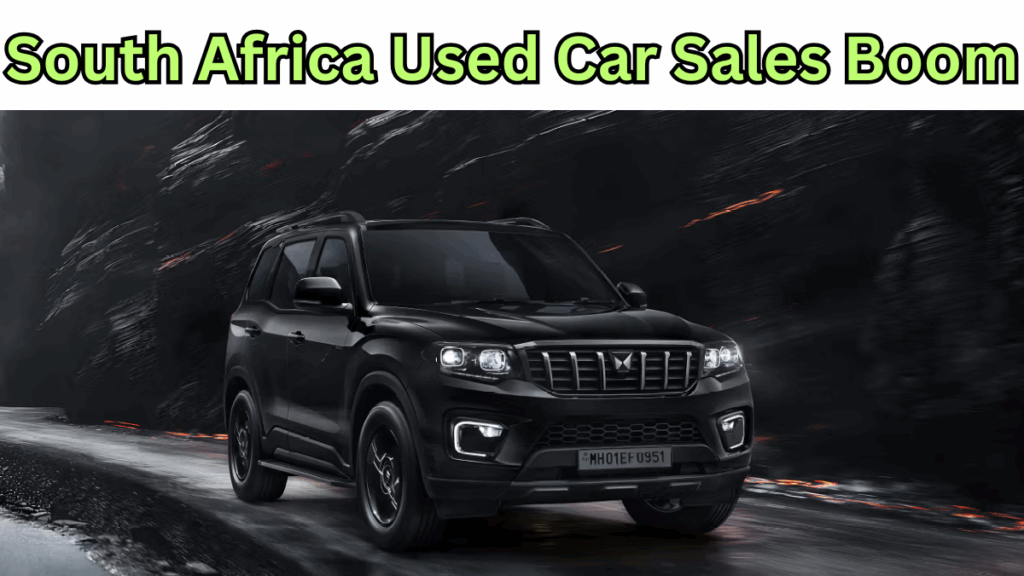If you’ve ever shopped for a new car or SUV, you’ve probably come across terms like AWD (All-Wheel Drive) and 4WD (Four-Wheel Drive). They may sound similar, but they’re quite different under the hood—and knowing which one is right for you can make a big difference when you’re navigating tough roads or city streets.
In this guide, we’ll break down the difference between AWD and 4WD in a way that’s easy to understand, even if you’re not a car expert. Let’s get rolling!
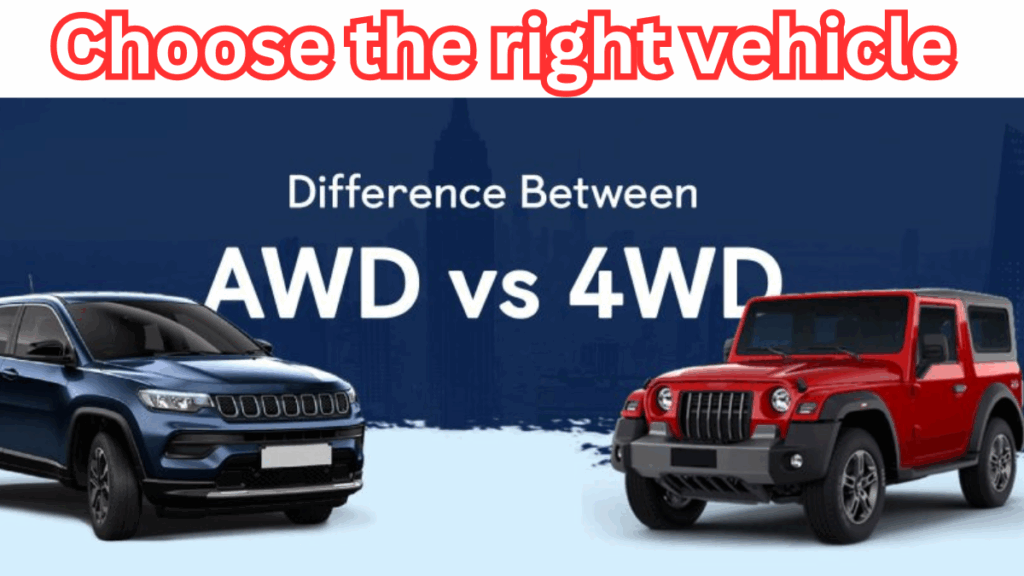
Table of Contents
What is a Car Drivetrain?
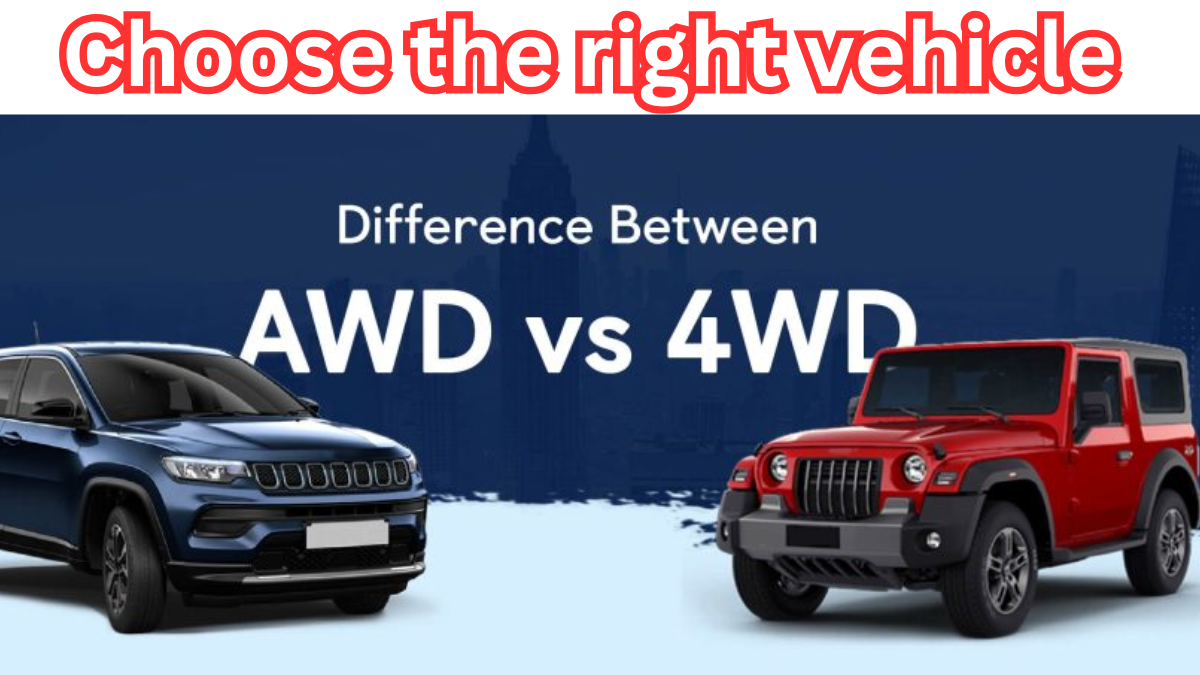
Before diving into AWD vs 4WD explained, it’s important to understand the drivetrain—the system that transfers power from your car’s engine to its wheels. There are several car drivetrain types, including:
-
FWD (Front-Wheel Drive): Power goes to the front wheels.
-
RWD (Rear-Wheel Drive): Power goes to the rear wheels.
-
AWD (All-Wheel Drive): Power goes to all wheels automatically.
-
4WD (Four-Wheel Drive): Power can be manually sent to all wheels, usually used off-road.
Both AWD and 4WD offer better traction than FWD or RWD—but how they do it is where the difference lies.
AWD vs 4WD: What’s the Difference?
Here’s a side-by-side comparison to make the difference between AWD and 4WD crystal clear:
| Feature | AWD (All-Wheel Drive) | 4WD (Four-Wheel Drive) |
|---|---|---|
| Power Distribution | Automatic – power sent to all wheels as needed | Manual or selectable – driver controls it |
| Best For | Rain, light snow, daily driving | Off-road, rugged terrain, deep snow |
| Vehicle Type | Crossovers, sedans, some SUVs | Pickup trucks, full-size SUVs |
| Traction Control | Always active, adaptable | Engaged when needed |
| Fuel Efficiency | Generally better than 4WD | Less efficient due to heavier components |
| Cost & Complexity | More complex and expensive than 2WD | Even more complex and often pricier |
When Should You Choose AWD?
AWD is ideal for everyday drivers who:
-
Live in areas with unpredictable weather
-
Drive on wet or icy roads frequently
-
Want a set-it-and-forget-it traction system
-
Prefer a smoother, more automatic driving experience
Common AWD Vehicles:
-
Subaru Outback
-
Honda CR-V
-
Audi Quattro models
When is 4WD the Better Option?
4WD is perfect for those who:
-
Frequently go off-roading or trail driving
-
Need to tow or haul heavy loads in rough conditions
-
Live in mountainous or snowy areas
-
Drive trucks or large SUVs built for adventure
Common 4WD Vehicles:
-
Jeep Wrangler
-
Ford Bronco
-
Toyota Land Cruiser
AWD vs 4WD Explained with Real-Life Examples
Let’s put this into perspective:
-
Think of AWD like a smart assistant that quietly manages things in the background. You don’t have to do anything—it just works when conditions change.
-
On the other hand, 4WD is like calling in backup—you press a button or shift a lever when things get tough.
Both are strong options, depending on your driving style and needs. Understanding the difference between AWD and 4WD helps you make a smarter, safer vehicle choice.
FAQs:
1. Is AWD better than 4WD for daily driving?
Yes, for most people. AWD is more suitable for daily driving, especially in wet or mildly snowy conditions. It activates automatically and doesn’t require any input from the driver.
2. Which is better for off-roading: AWD or 4WD?
4WD wins here. It provides more torque and control on rough terrain, steep inclines, and loose surfaces like mud, sand, or rocks.
3. Do AWD and 4WD systems require more maintenance?
Yes. Both systems add complexity to a vehicle, which can mean higher maintenance costs compared to FWD or RWD. Regular inspections are recommended.
4. Can I switch from AWD to 2WD?
Most AWD systems don’t allow switching manually—they adjust automatically. Some 4WD systems do allow you to switch between 2WD and 4WD modes.
Final Thoughts:
Understanding the difference between AWD and 4WD comes down to how and where you drive. If you want reliability in rain and snow without any effort, AWD is your go-to. If you love the thrill of the outdoors or need heavy-duty performance, 4WD won’t let you down.
Now that you have the AWD vs 4WD explained, choosing your next vehicle just got a whole lot easier.
Click here to learn more

